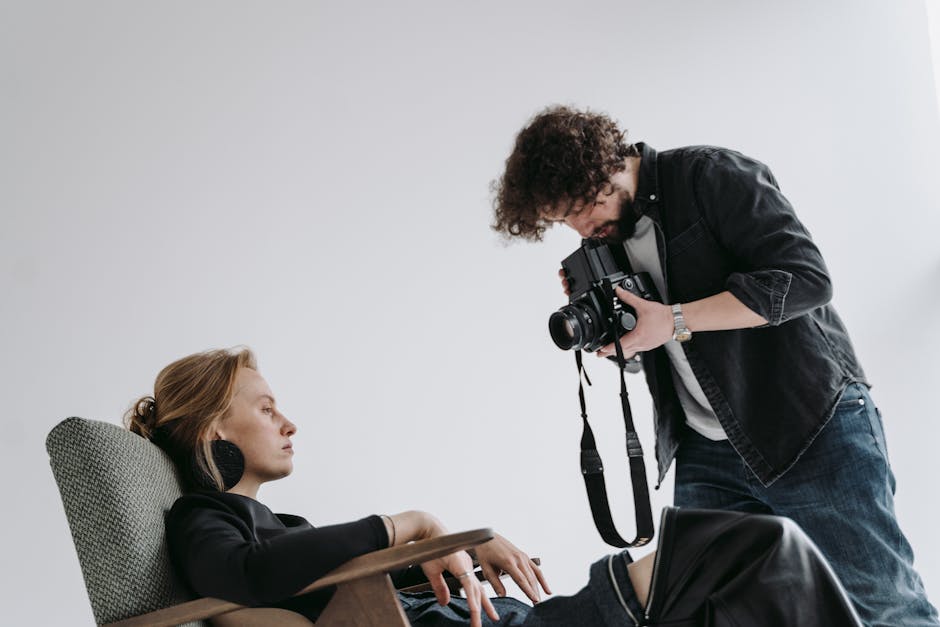SLR (single-lens reflex) digital cameras offer unparalleled image quality and versatility, making them the preferred choice of professional photographers and enthusiasts alike. With their interchangeable lenses and advanced features, SLR cameras allow you to capture breathtaking images in any situation. Here's a comprehensive guide to help you get started with your SLR digital camera and unlock its full potential.
**Understanding Aperture and Shutter Speed**
Aperture controls the size of the opening through which light enters the camera, affecting the depth of field. A wider aperture (smaller f-number) creates a shallower depth of field, blurring the background and isolating the subject. Conversely, a narrower aperture (larger f-number) increases the depth of field, keeping both the foreground and background in focus.
Shutter speed determines the duration of light exposure to the camera's sensor. A faster shutter speed freezes motion, while a slower shutter speed allows more light to reach the sensor, creating motion blur. Experimenting with different shutter speeds can help you capture the desired effect, from stopping action to capturing the flow of movement.
**ISO and Image Quality**
ISO measures the sensor's sensitivity to light. A higher ISO allows you to shoot in low-light conditions but can introduce noise or grain into your images. Start with a low ISO (100-400) for optimal image quality and gradually increase it as needed to maintain a proper exposure.
**Choosing the Right Lens**
SLR cameras allow you to swap lenses to accommodate different shooting scenarios. Wide-angle lenses are ideal for capturing landscapes or group photos, while telephoto lenses bring distant subjects close-up for portraits or wildlife photography. Consider your specific needs and budget when selecting lenses.
**Composition Techniques**
Composition is crucial for creating captivating images. Use the rule of thirds to divide your frame into thirds both horizontally and vertically, placing your main subject at one of the intersections for a balanced and visually appealing composition. Experiment with leading lines, framing, and negative space to add depth and interest to your shots.
**Capturing Portraits**
For flattering portraits, position your subject in natural light and experiment with different apertures to control the depth of field. Use a wider aperture for a shallow depth of field to isolate your subject and blur the background. Pay attention to the eyes and expression to convey the subject's emotions.
**Shooting Landscapes**
For stunning landscapes, use a wide-angle lens to capture the vastness of the scene. Use a tripod to stabilize your camera for sharp images. Consider using a graduated neutral density (GND) filter to balance the exposure between the foreground and sky.
**Improving Your Photography Skills**
Practice regularly to hone your skills. Experiment with different settings, compositions, and lighting conditions to discover what works best for your specific style. Seek feedback from experienced photographers to identify areas for improvement. Attend workshops or online courses to expand your knowledge and gain inspiration from others.
Remember, mastering an SLR digital camera takes time and practice. By understanding the fundamentals and applying these techniques, you can unlock the full potential of your camera and capture breathtaking images that will last a lifetime.

